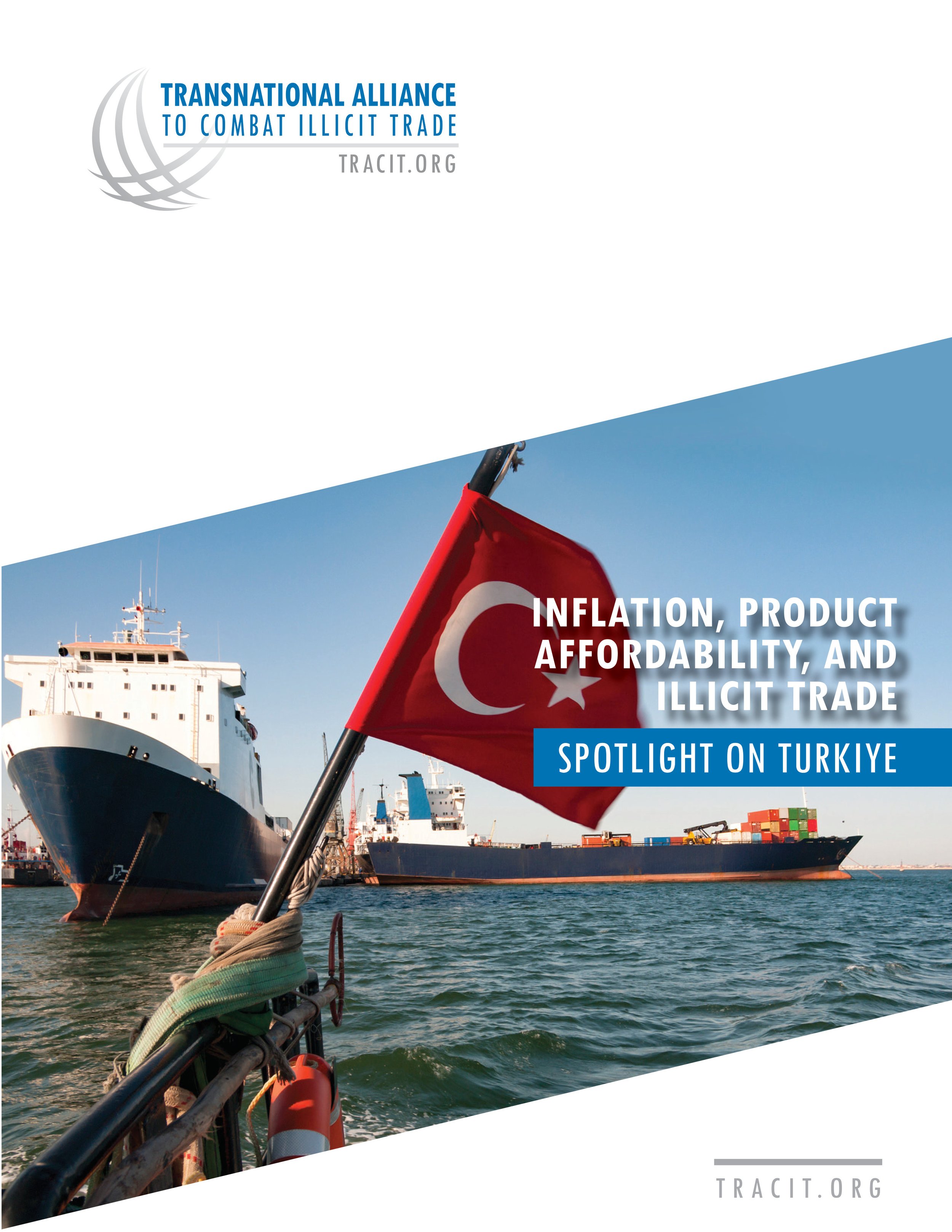By Sarah Treves-Kagan, Yanet Ruvalcaba, Daniel T. Corry, et al.
Problem/Condition: In 2022, homicide was the second leading cause of death for Hispanic and Latino persons aged 15–24 years in the United States, the third leading cause of death for those aged 25–34 years, and the fourth leading cause of death for those aged 1–14 years. The majority of homicides of females, including among Hispanic and Latino persons, occur in the context of intimate partner violence (IPV). This report summarizes data from CDC’s National Violent Death Reporting System (NVDRS) on IPV-related homicides of Hispanic and Latino persons in the United States.
Period Covered: 2003–2021.
Description of System: NVDRS collects data regarding violent deaths in the United States and links three sources: death certificates, coroner or medical examiner reports, and law enforcement reports. IPV-related homicides include both intimate partner homicides (IPHs) by current or former partners and homicides of corollary victims (e.g., children, family members, and new partners). Findings describe victim and suspect sex, age group, and race and ethnicity; method of injury; type of location where the homicide occurred; precipitating circumstances (i.e., events that contributed to the homicide); and other selected characteristics. Deaths related to each other (e.g., an ex-partner kills the former partner and their new partner) are linked into a single incident. State participation in NVDRS has expanded over time, and the number of states participating has varied by year; data from all available years (2003–2021) and U.S. jurisdictions (49 states, Puerto Rico, and the District of Columbia) were used for this report. Of the 49 states that collect data, all except California and Texas collect data statewide; Puerto Rico and District of Columbia data are jurisdiction wide. Florida was excluded because the data did not meet the completeness threshold for circumstances.
Results: NVDRS collected data on 24,581 homicides of Hispanic and Latino persons, and data from all available years (2003–2021) and U.S. jurisdictions (49 states, Puerto Rico, and the District of Columbia) were examined. Among homicides with known circumstances (n = 17,737), a total of 2,444 were classified as IPV-related (13.8%). Nearly half of female homicides (n = 1,453; 48.2%) and 6.7% (n = 991) of male homicides were IPV-related; however, among all Hispanic and Latino homicides, most victims were male (n = 20,627; 83.9%). Among the 2,319 IPV-related homicides with known suspects, 85% (n = 1,205) of suspects were current or former partners for female victims, compared with 26.2% (n = 236) for male Hispanic and Latino victims. Approximately one fifth (71 of 359 [19.8%]) of female IPV-related homicide victims of childbearing age with known pregnancy status were pregnant or ≤1 year postpartum. Approximately 5% of IPV-related homicide victims were identified as Black Hispanic or Latino persons (males: n = 67; 6.8%; females: n = 64; 4.4%). A firearm was used in the majority of Hispanic and Latino IPV-related homicides (males: n = 676; 68.2%; females: n = 766; 52.7%).
MMWR Surveill Summ, 2024, 20p.





















